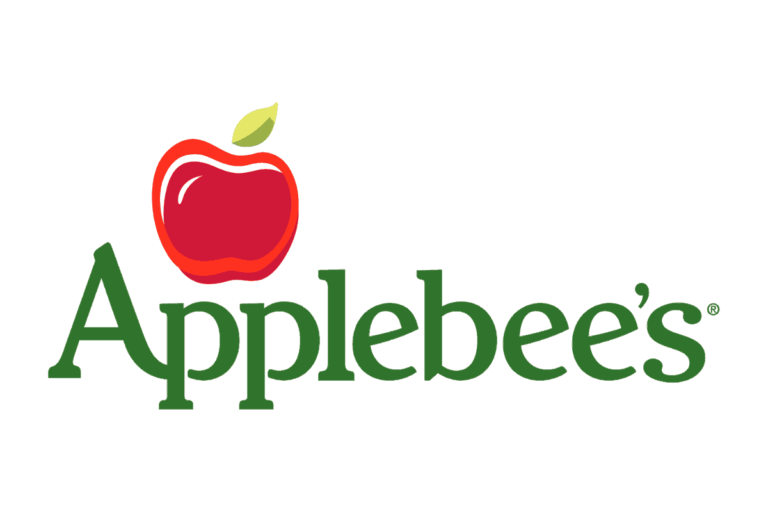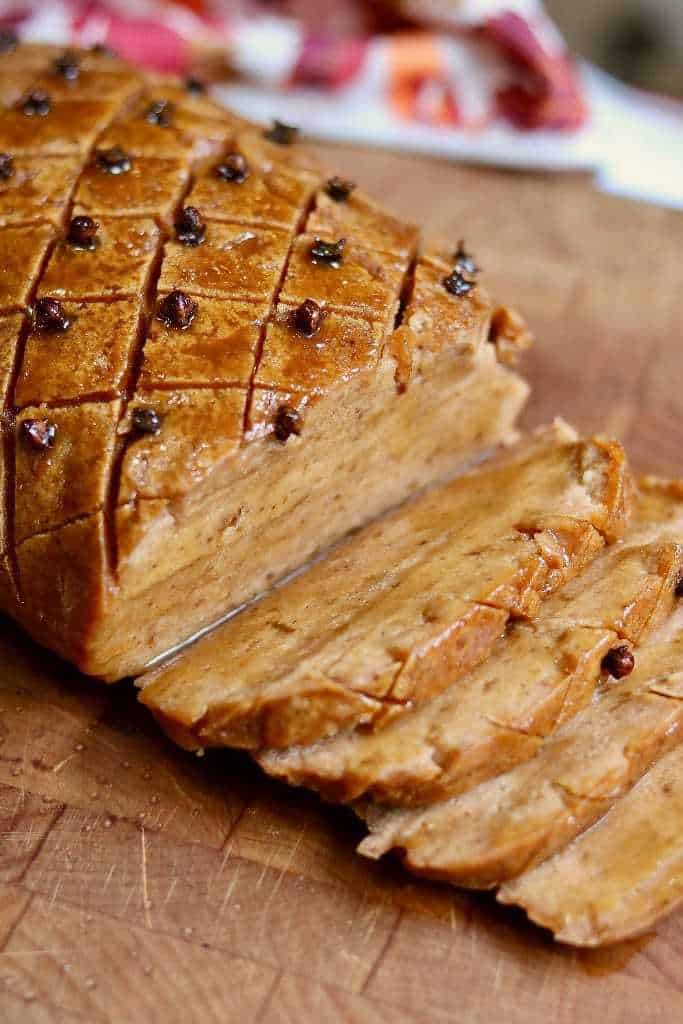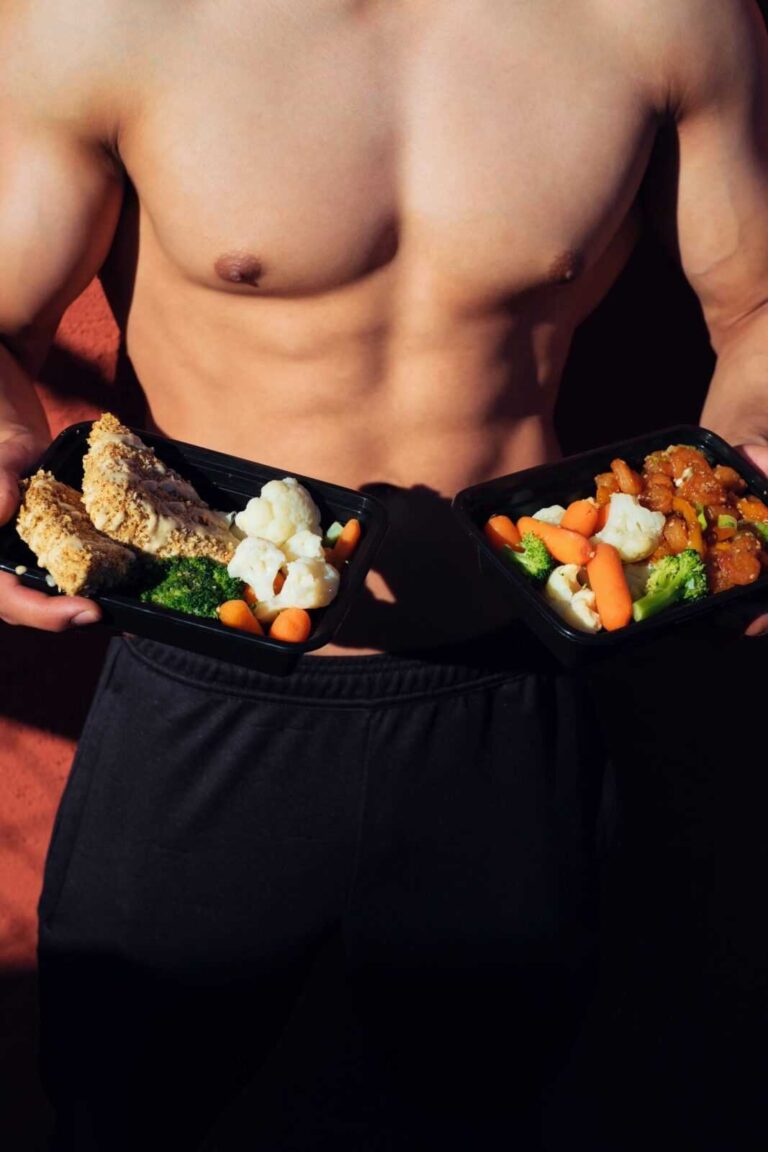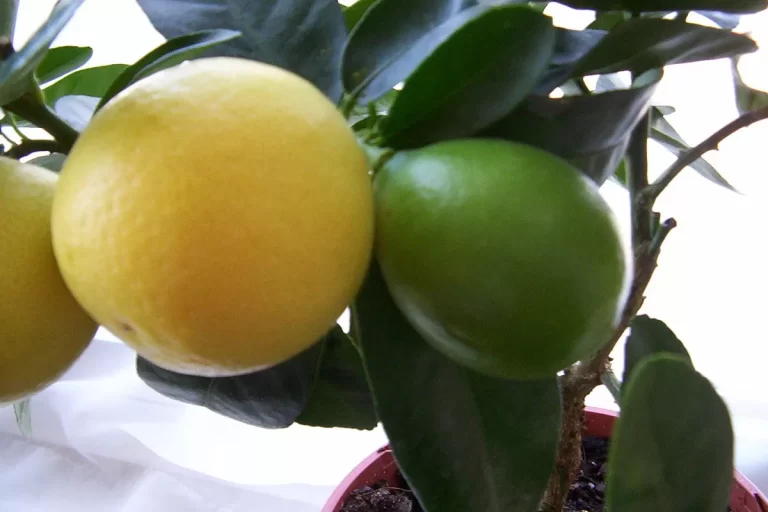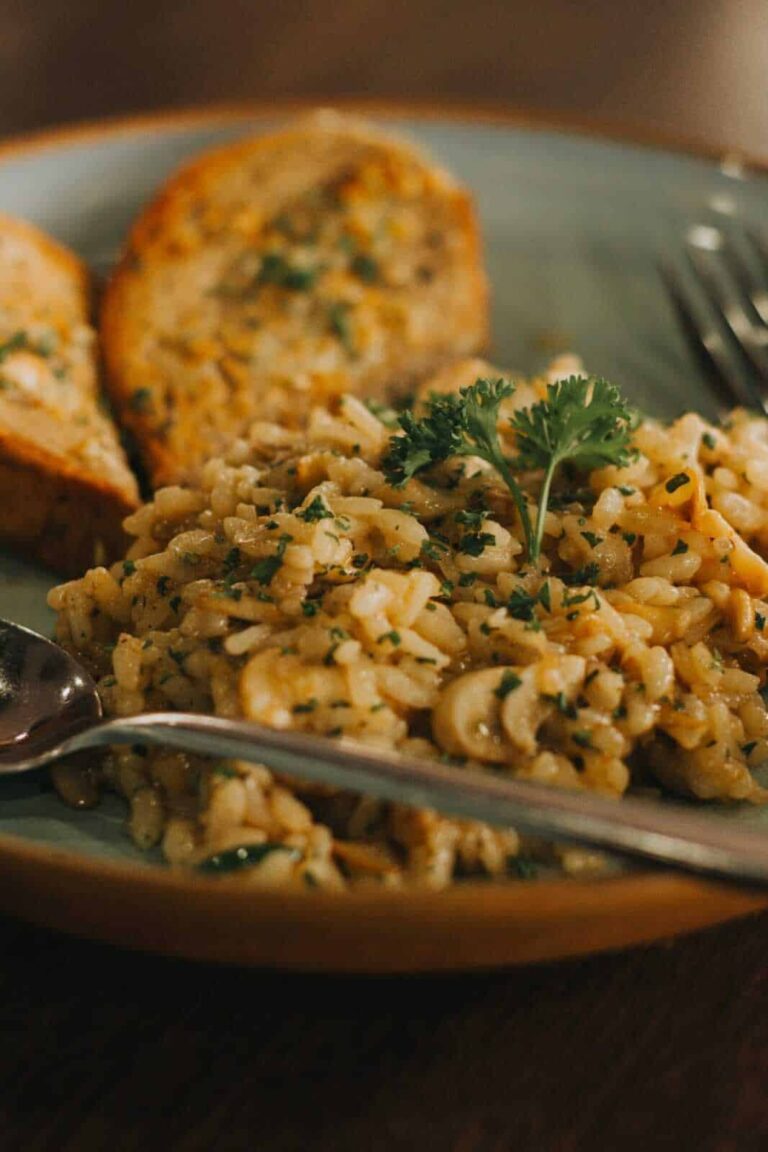the best 15 healthy Chinese food
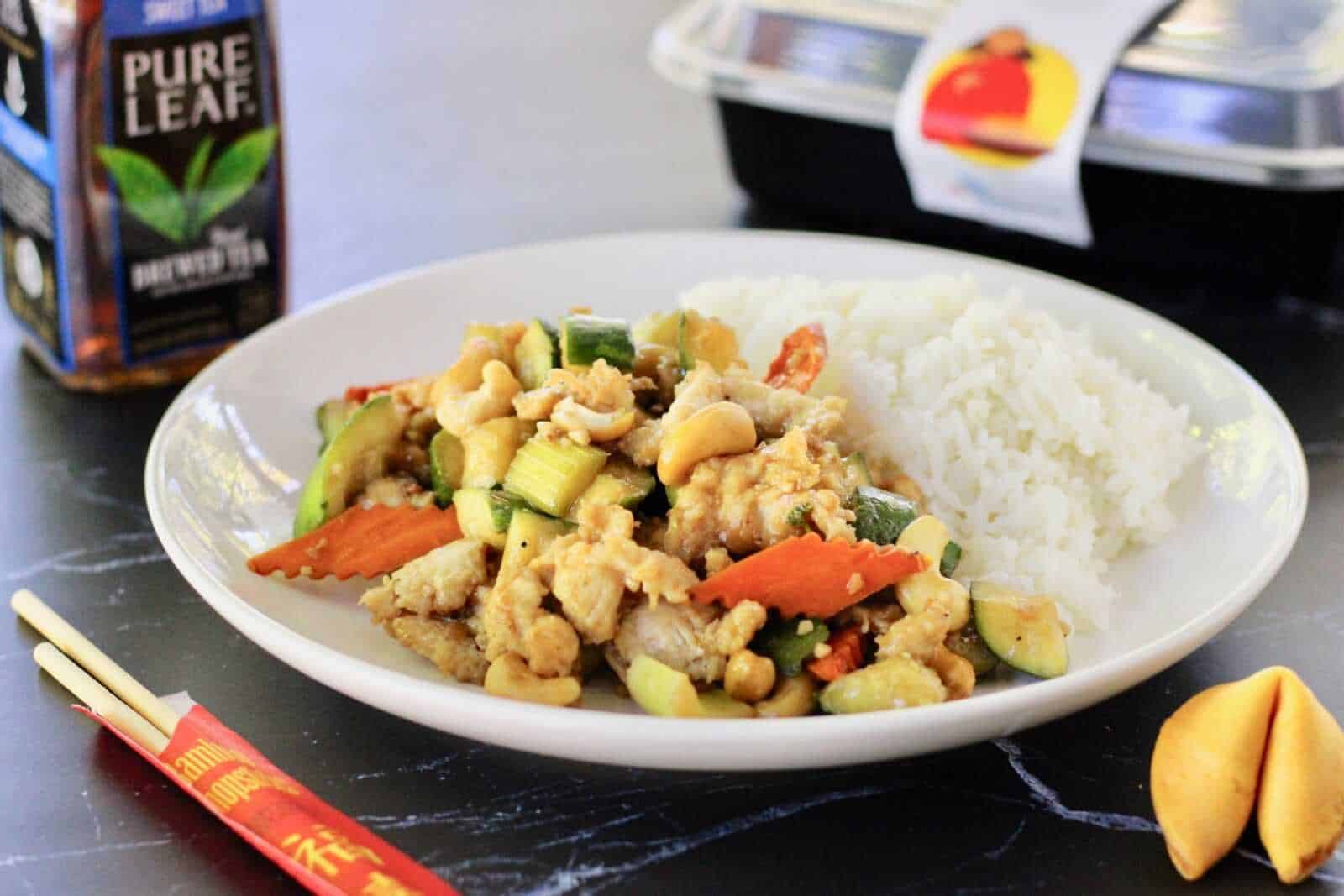
Chinese food is infamous in the nutritional world for its increasing sodium count, which leaves us thirsty,
bloated, and the opposite of safe. According to dietary recommendations, we should take 2,300 milligrams
of salt a day (after all, it is an essential mineral and vital for bodily functions). However,
certain Chinese take-out meals surpass this number after only one serving—and you can guarantee that
the take-out servings are more than that. Excess sodium leads to complications with our lungs,
our skin, our body weight, and our blood pressure. Chinese food is always filled with secret
calories and sketchy ingredients. so after all maybe you have a question are Chinese food dishes healthy?
Luckily, there are some healthy Chinese food choices.
read more: Healthy Food Quotes

read more: junk food vs healthy food
Here are the best 15 healthy Chinese food options:
1- Egg foo young
Egg foo young is a Chinese omelet made of eggs and vegetables. They can also include poultry, such as beef,
pork, chicken, or shrimp.
Since it is made from eggs, it is high in protein, containing 106 calories and 10 grams of protein in a single patty
(86 grams).
Egg foo young also incorporates vegetables such as onions, carrots, and peas, which increase
the fiber content and nutrient content of the dish.
To make it much better, search whether your egg foo young can be gently fried instead of deep-fried,
and skip the salty brown sauce that is frequently eaten with it.
2- MOO GOO GAI PAN
Americanized variant of the popular Cantonese dish, moo goo gai pan consists of button
mushrooms (moo goo), fried chicken slices (gai pan), and other vegetables such as bok choy, snow peas,
water chestnuts, and bamboo shoots cooked in a light sauce made from soy sauce, sesame oil,
and chicken broth. “Many Americanized Chinese dishes are filled with syrupy, sugary sauces
that can cause blood sugar to pass through the roof,” Boyd notes. “This option is a sure bet
that you’ll get protein and fiber-rich vegetables without that dreaded insulin spike.”Since it’s filled with greens and lean chicken, it’s relatively low in calories. The chicken, though, contains a lot of protein,
rendering it a filling dish. One cup (216 grams) contains just 160 calories and 15 grams of protein.
3- Steamed dumplings
Chinese dumplings are pockets of dough stuffed with seasoned meat and vegetables,
usually pork and cabbage.
They’re mostly fried, but you may select steamed dumplings to minimize calories and fat.
There are just 40 calories in a medium steamed dumpling.
While the soya sauce is low in calories, it is high in sodium, so strive to reduce the amount of sauce you use if you are allergic to salt.
4- SHRIMP OR BEEF AND BROCCOLI
Shrimp is still low-cal to start with, So it is considered a healthy Chinese food recipe.
The beef version also involves a flank steak, which is very lean. “These dishes typically come with garlic sauce,”
says Boyd, “which is a better choice than sweet and sour sesame or General Tso’s.
If you’re not watching carbohydrates, you should combine it with a side of steamed brown rice to
bundle it all up in one tasty and fulfilling dinner.” If you’re General Tso’s diehard (like us), this will please your
palate in *almost* the same way.
5- Hot and sour soup or egg drop soup
Sweet and sour soup with onions, bamboo shoots, eggs, and ginger in chicken broth.
It also includes vinegar and spices, which add hot and sour ingredients to the dish.
On the other side, egg drop soup is literally made with cooked egg ribbons in chicken broth.
However, the take-out versions can be heavily refined and contain additives.
Both soups are low in calories—with just 65–90 calories per 1 cup (240 mL) of serving—and you can
make them much better by eliminating the fried lo mein noodles that are frequently served as a topping.
6- BUDDHA’S DELIGHT
As far as sincerity is concerned, the joy of the Buddha (Luóhàn Zhai) is the real thing.
It was initially consumed by Buddhist monks, who are vegetarian but have gained fame all over the world.
And for vegetarians who may feel restricted by the menu at an American Chinese restaurant,
it’s a meat-free choice that’s still light and safe. “This dish is usually made with vegetables, tofu,
and a little light sauce,” Boyd says. “Everything is steamed, which reduces the caloric impact of most other
Chinese dishes.” It’s not only vegan, but conventional recipes don’t allow eggs or milk,
so consult with the restaurant. Since it is fully plant-based, it contains some fiber as well as tofu protein.
One cup (217 grams) contains 193 calories and contains 3 grams of fiber and 9 grams of protein.
In addition, tofu is one of the few full proteins available to vegans and vegetarians,
meaning that it includes all nine important amino acids that your body uses to create new proteins.
7- Beef and broccoli
Beef and broccoli is a simple dish of boiled beef and broccoli in a light sauce.
It is a relatively balanced dish, low in carbohydrates and high in protein. However, it is also made with cheap, fatty beef cuts. One cup (217 g) contains 336 calories, 23 grams of fat, and 23 grams of protein.
Like moo goo gai pan, the sauce may be high in salt and sugar, so you can prefer a light sauce.
read more: How to trick your mind to lose weight
8- MOO SHU ANYTHING
Traditionally made with pork, this Northern Chinese dish also has variants of chicken, vegetables, meat, shrimp, or tofu. Authentic Chinese varieties include scallions, mushrooms, and scrambled eggs flavored with ginger, garlic, and rice wine (which you consume wrapped in thin pancakes), but western dishes may also include cabbage, water chestnuts, and other vegetables. Boyd recommends avoiding the associated pancakes and hoisin sauce to lose any extra calories instead of eating it as it is. “It’s actually a super satisfying, low-carb, low-fat meal on it,” she notes. “Ask for light sauce and no extras.”
9- Chop suey
Chop suey is another stir-fry dish made of rice, eggs, and thinly sliced vegetables in a light sauce. It’s mostly made from pork.
Like other stir-fries, it’s a better option because it’s made from a source of protein and vegetables. One cup of pork chop suey without noodles contains 216 calories and contains 23 grams of protein.
However, you should pick a light sauce to help reduce the salt and sugar content.
read more: what is a Plant-based lifestyle?
10- Chickens and Broccoli
Chicken and broccoli are identical to beef and broccoli, composed of chicken and broccoli, stir-fried in a light sauce.
However, it’s a leaner choice than beef and broccoli, which also provides a lot of protein. One cup (153 grams) contains 13 grams of protein and just 145 calories.
If necessary, use the sauce to reduce the salt, sugar, and calories in this dish.
11- Baked salmon
Many Chinese restaurants offer the option of baked salmon, which is a perfect choice.
Baked salmon is high in calcium, low in good omega-3 fats, and free of carbohydrates. The 3-ounce (85-gram) butter-cooked section contains 156 calories, 21 grams of protein, and 7 grams of fat.
Paired with a side of steamed veggies, baked salmon is a great starter for low-carb or keto diets.
12- Happy family
Happy kin, or triple delight, is a stir-fry consisting of beef, such as chicken or pork, seafood, and vegetables.
It is served in a deep brown sauce, usually over rice. Although its precise nutritional information is not available, the happy family is rich in protein because it contains both meat and seafood, while vegetables add fiber.
Like other stir-fries, you should use a light sauce to minimize additional calories, fat, sugar, and salt.
read more: Healthy habits to lose weight
13- AVOCADO EGG ROLLS
Nutrition: 324 calories, 35.3 g fat (7.8 g saturated), 12 mg sodium, 11 g carbohydrates, 4.3 g carbohydrate, 1.2 g sugar, 2 g protein (calculated with Greek yogurt in place of mayo)so it is considered a good option for healthy Chinese food recipes.
It is strongly recommended that Greek yogurt be substituted for mayonnaise, sour cream, and/or vegetable oil in mayonnaise—but much of the fat here comes from waist-whitling avocado. And according to studies published in the journal Diabetes Treatment, a diet rich in monounsaturated fat can avoid the spread of abdominal body fat by controlling the expression of certain fat genes. In comparison, another study conducted in the Diet Journal showed that participants who consumed half an avocado at lunch reported a 40% drop in their willingness to eat hours later. Although the serving size doesn’t allow for too much of the avocado, we’re willing to bet it’s always going to put the hunger pangs to bed.
14- CREAM CHEESE WONTONS
another option of healthy Chinese food recipes is green cheese wontonsNutrition: 120 calories, 9.9 g fat (6.2 g saturated), 84 mg sodium, 4.2 g carbohydrates, 0 g carbohydrate, 0 g sugar, 2.2 g protein (calculated with Greek yogurt cream cheese)
Creamy and fried are usually the “diet sabotaging” code, but there are variations to every law, and this is one of them. It’s about to be illuminated with only 120 calories as you pick this healthy Chinese food recipe and sub in Greek yogurt cream cheese and 4.2 grams of carbs (in your mouth).
15- SHRIMP FRIED RICE
Shrimp fried rice considered one of the healthy Chinese food recipes.Nutrition: 348 calories, 8.3 g fat (1.2 g saturated), 428 mg sodium, 49.7 g carbohydrates, 4 g carbohydrate, 2.6 g sugar, 19.7 g protein (calculated with 2 cups brown rice)
Protein-packed seafood, detoxifying garlic, and wholesome brown rice are mixed with corn, peas, green onions, and Chinese seasonings to make a better, cheaper version of your favorite hand.
what is bad for you in Chinese food ?
It probably goes without mentioning, but there are a few famous Chinese food recipes things that we reserve for special occasions. This includes:
1. Egg rolls: rolled in bread, deep-fried, and eaten with a delicious sauce. Swap instead of steamed potato dumplings.
2. General Tso’s chicken: Sadly, one of our orders is breaded, fried, and covered in a sweet sauce, and it definitely has more salt than you can eat in a day. Kung pao chicken is a smaller, more veggie-forward choice that is spicy and satisfying.
3. Sweet-and-sour pork: the name suggests, but this recipe is sweet and greasy. Mapo Tofu, on the other hand, is another pork dish that is more authentic and less likely to fill you with regret.
4. Lo mein: It’s essentially spaghetti recipes, but this well-loved recipe has a lot of carbs. Miss it for something almost as tasty but less calorie as Sichuan green beans. (Or, if you totally have to, order the veggies.)
5. Crab Rangoon: These fully American take-out bites are essentially all deep-fried cream cheese. Swap with steamed spring rolls if they are on the menu.
Choosing a healthy starter
In order to order healthy Chinese food, it is necessary to be aware of the cooking method used.
Most Chinese intakes are battered and deep-fried, and you can stop them because they are rich in processed sugar, starch, and calories.
Others may be velvety-watered or covered with cornstarch to maintain the smooth, velvety feel of the meat in a variety of stir-fries. Water velvet is better than deep-frying, but also adds more starchy carbs and calories.
Ideally, you can select appetizers that are fried, steamed, boiled, or sautéed in a limited amount of oil.
In addition, you should consider serving size. The standard serving size for the Chinese starter—especially stir-fries—is 1 cup (200–240 grams). Since Chinese drinks frequently come in large portions, a single order may contain up to four servings.
To minimize calories, make sure you calculate the size of the portion and reserve the remainder for other meals.
Healthiest side items with healthy Chinese food
Another important consideration when choosing healthy Chinese food is your side item. Typical Chinese food recipes such as fried rice, lo mein noodles, crab rangoon, and egg rolls are high in calories, sugar, and carbohydrates.
Healthier options include steamed brown rice, sautéed or steamed carrots, spring rolls, or soups such as egg drop soup or hot soup.
Best healthy sauces
Many healthy Chinese food recipes are often eaten in some form of sauce. Sauces can be a major source of calories, fat, sugar, and salt in Chinese dishes—even though they don’t appear to have a lot of sauce.
As a rule of thumb, thicker and stickier sauces, such as General Tso’s, are higher in sugar and calories, whereas thinner sauces are lower in calories because they are quite sticky.
Order your dish with light sauce or sauce on the side so that you can monitor how much you add to your rice.
A note about MSG
Monosodium glutamate (MSG) is a notorious additive used in many Chinese food recipes. It is a concentrated source of salty and savory umami flavor and has a taste profile reminiscent of soy sauce.
However, MSG has long been the topic of theoretical dispute. Some people believe that it causes headaches, asthma, and weight gain, although there is no evidence to support these allegations.
The current study has shown that MSG poses little risk of harm to most individuals when drunk in moderate quantities.
Irrespective of that, if you’re worried about MSG in your meal, be sure to ask your nearest Chinese restaurant if it’s used. In the wake of the uproar surrounding the drug, several Chinese restaurants have opted to avoid using the additive.
Does healthy Chinese food help in losing weight
the answer is yes healthy Chinese food can help you to lose weight Chinese food is a double-edged sword sometimes Chinese food is harmful, and sometimes Chinese food is healthy and contributes to weight loss
What makes the Chinese diet stand out is that it offers a calorie-free and balanced diet at the same time and guarantees satiety during the day, and what you need to do to apply the Chinese diet is to coordinate and consume food according to the yin and yang balance. Chinese mythology is full of myths and tales about yin and yang, and they all suggest that whatever the ethnicity of your partner, neighbors, or even your vehicle, your food must be Chinese, and the fundamental rules of the Chinese diet are as follows: Eat all things except fruit after thermal or enzymatic therapy. Plants can still be consumed with flour, pasta, or some other sluggish starch. Thicker drinks can be taken at least once a day.
Finally,
the quantity of beef and animal products should be decreased as much as possible.
Balance and equilibrium are the most important aspects for the Chinese, and the principle of yin and yang presupposes the principle of balance between soup and other dishes that you serve, which must be able to establish harmony in your everyday diet, and hence the calculation between the ratio of dry food and wet food using a particular form of cheese (Zhou) during the transition from plate to plate.
Just like tea is another essential component of a very good everyday diet for weight control, certain forms of tea have excellent efficacy in stimulating and controlling appetite, as well as in enhancing digestion and in the fight against free radicals and thus anti-aging.
In the end, Chinese food is one of the most popular dishes served around the world and there are many people who love Chinese food and make Chinese food a basic meal in their day. But it’s simple. We are not asking you to stay away from Chinese food but just eat healthy Chinese food. Choose healthy food and make your diet go in the direction of maintaining your health is a duty towards your life, your family, and your friends, your health is the wealth that you have in this life

